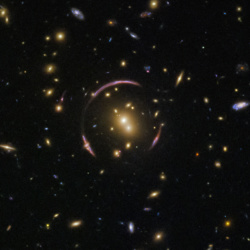‘First Light’ Images from Hubble Following Return to Full Operational Status
This pair of images represent Hubble’s targets on July 17, 2021 and demonstrate the telescope’s return to full science operations on that date. The images are part of a study being conducted by Julianne Dalcanton of the University of Washington in Seattle. The Galaxies ARP-MADORE2115-273 is a rare example of an interacting pair of galaxies[…]







